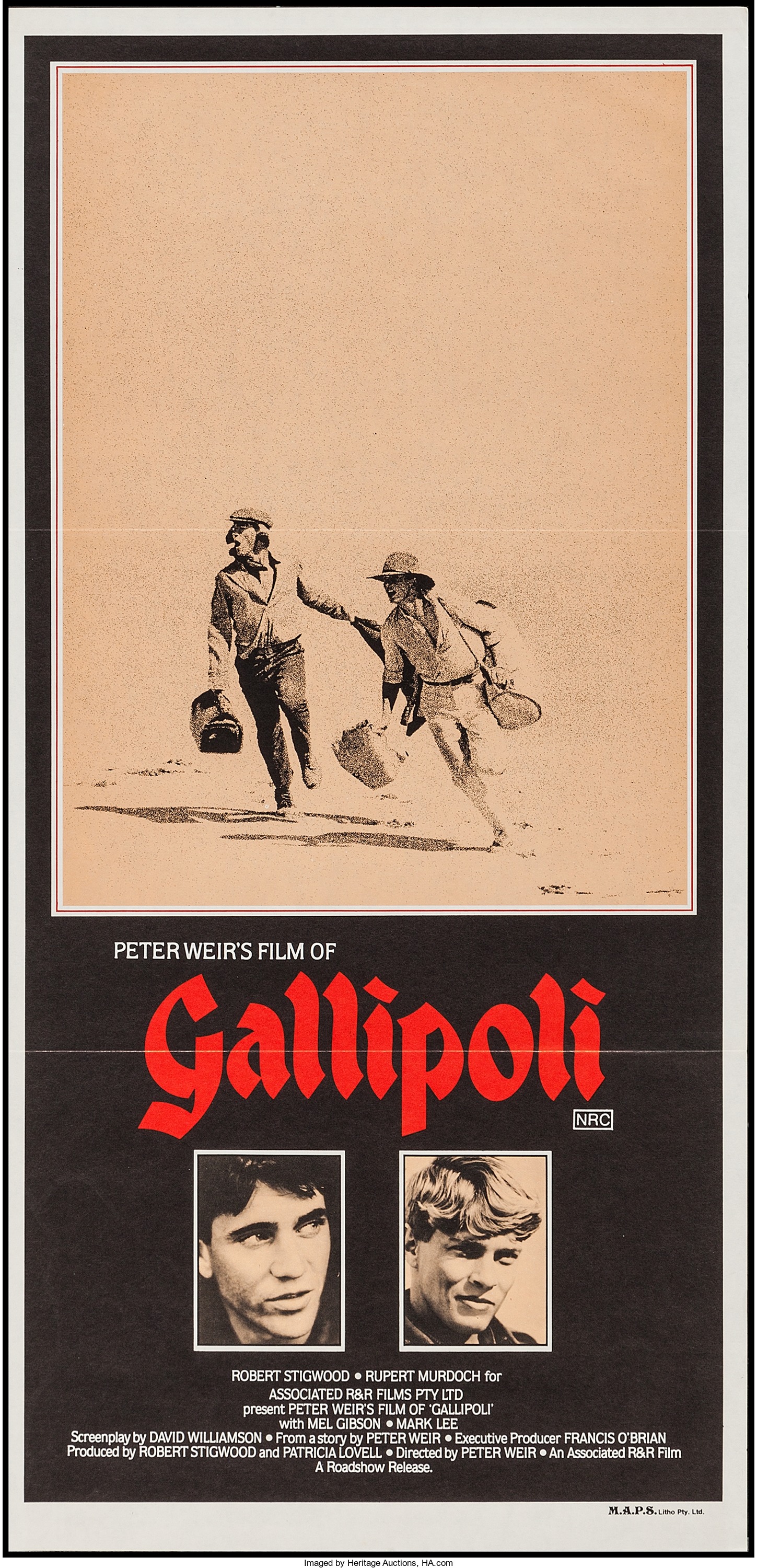
By Jim O’Neal
Mel Gibson fans remember him for his role in Gallipoli, which won him his second AFI film award in 1981 (his first was for Mad Max). However, the actual history of the Allied invasion of the Gallipoli Peninsula in World War I (April 25, 1915-Jan. 9, 1916) is rarely mentioned.
Perhaps that is because in Great Britain it is regarded as an embarrassing military debacle. It is remembered primarily for the fact it almost cost a young Winston Churchill his career while resulting in him losing his job as the First Lord of the Admiralty. He was forced to resign in May 1916 as a consequence of the campaign’s utter failure.
For the triumphant Turks, Gallipoli was a glorious victory. It spurred the nationalist fervor that would lead to the founding of the Turkish Republic eight short years later. Gallipoli was also a personal triumph for Mustafa Kemal Ataturk, who became the founder of the modern state of Turkey in 1923.
The Gallipoli campaign was a flawed response to the closure of the Dardanelles strait by the Ottoman Empire that limited Allied shipping to Russia. Churchill endorsed a plan that included a naval attack, followed by an amphibious landing on the peninsula. However, the Turks repelled the invasion and inflicted 250,000 casualties on Allied forces. Critics claim the evacuation of Allied troops from the shambles of the battlefield was the best executed phase of the entire campaign!
One bright spot was the performance on the battlefield by the Australians and New Zealanders. The combined ANZAC forces were so impressive that their reputation as ferocious fighters was permanently established. April 25 – Anzac Day – is solemnly commemorated in both countries and people make pilgrimages to pay their respects for so much bloodshed, even in a lost cause.
RIP.
 Intelligent Collector blogger JIM O’NEAL is an avid collector and history buff. He is President and CEO of Frito-Lay International [retired] and earlier served as Chairman and CEO of PepsiCo Restaurants International [KFC Pizza Hut and Taco Bell].
Intelligent Collector blogger JIM O’NEAL is an avid collector and history buff. He is President and CEO of Frito-Lay International [retired] and earlier served as Chairman and CEO of PepsiCo Restaurants International [KFC Pizza Hut and Taco Bell].
